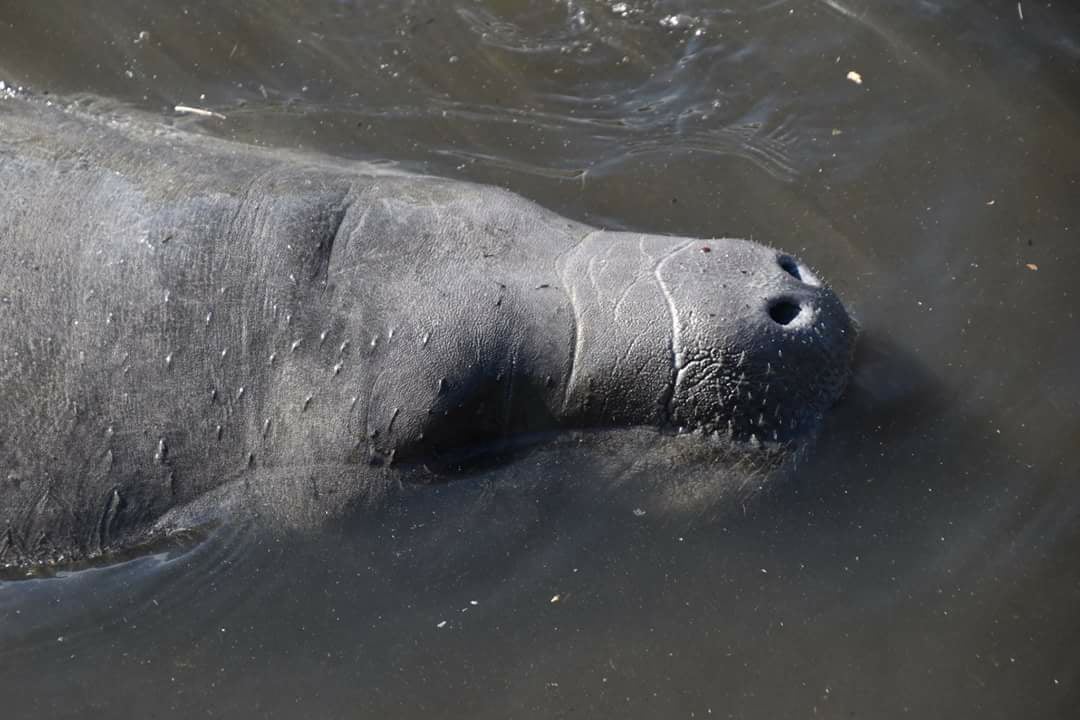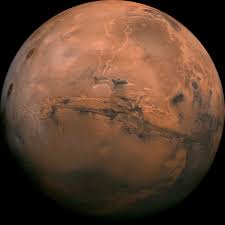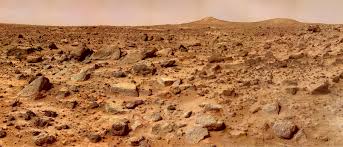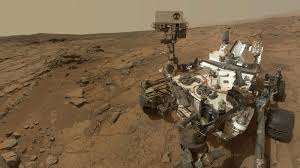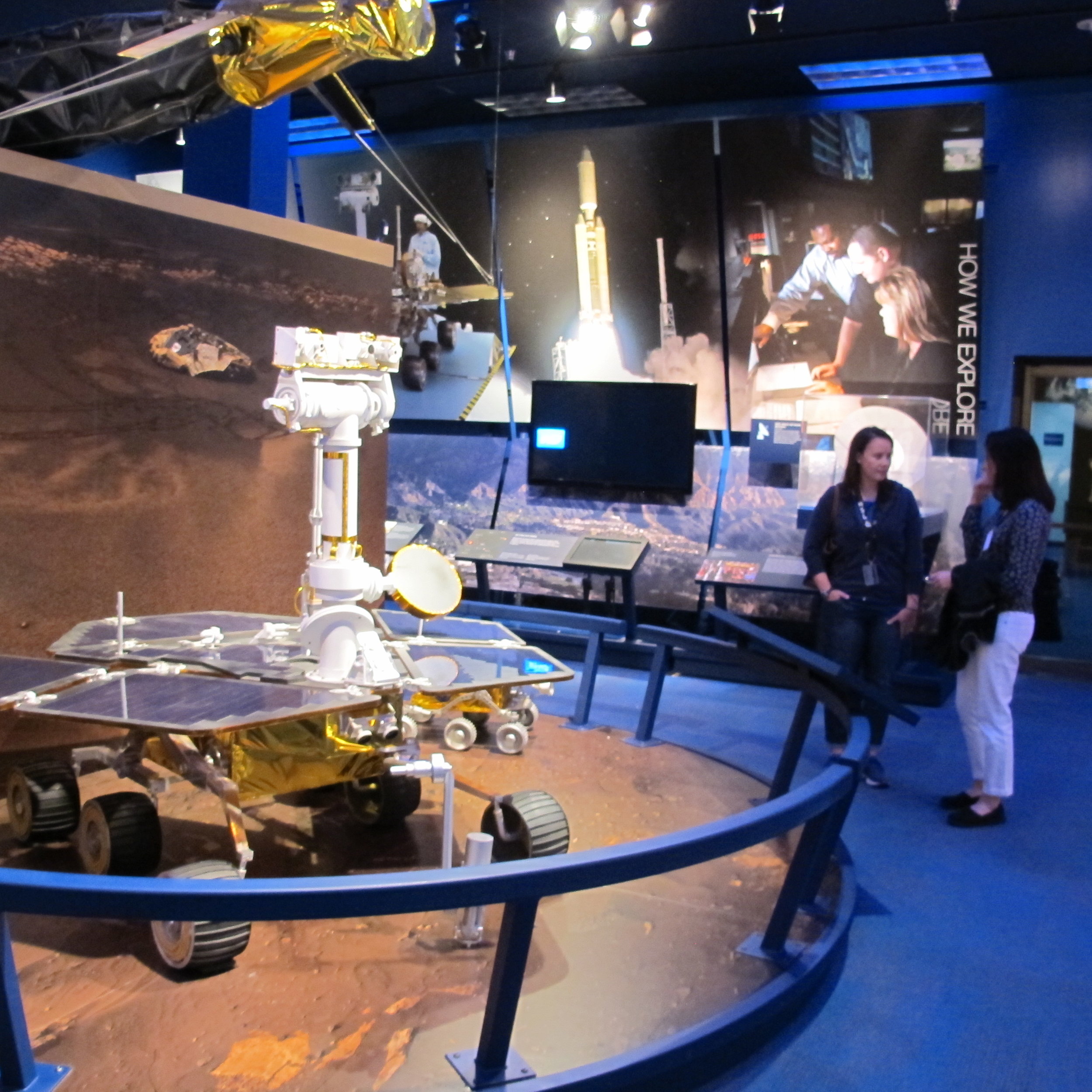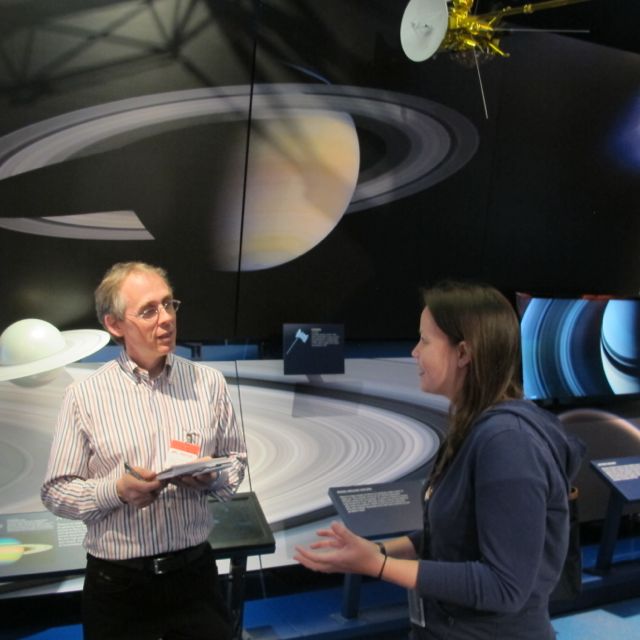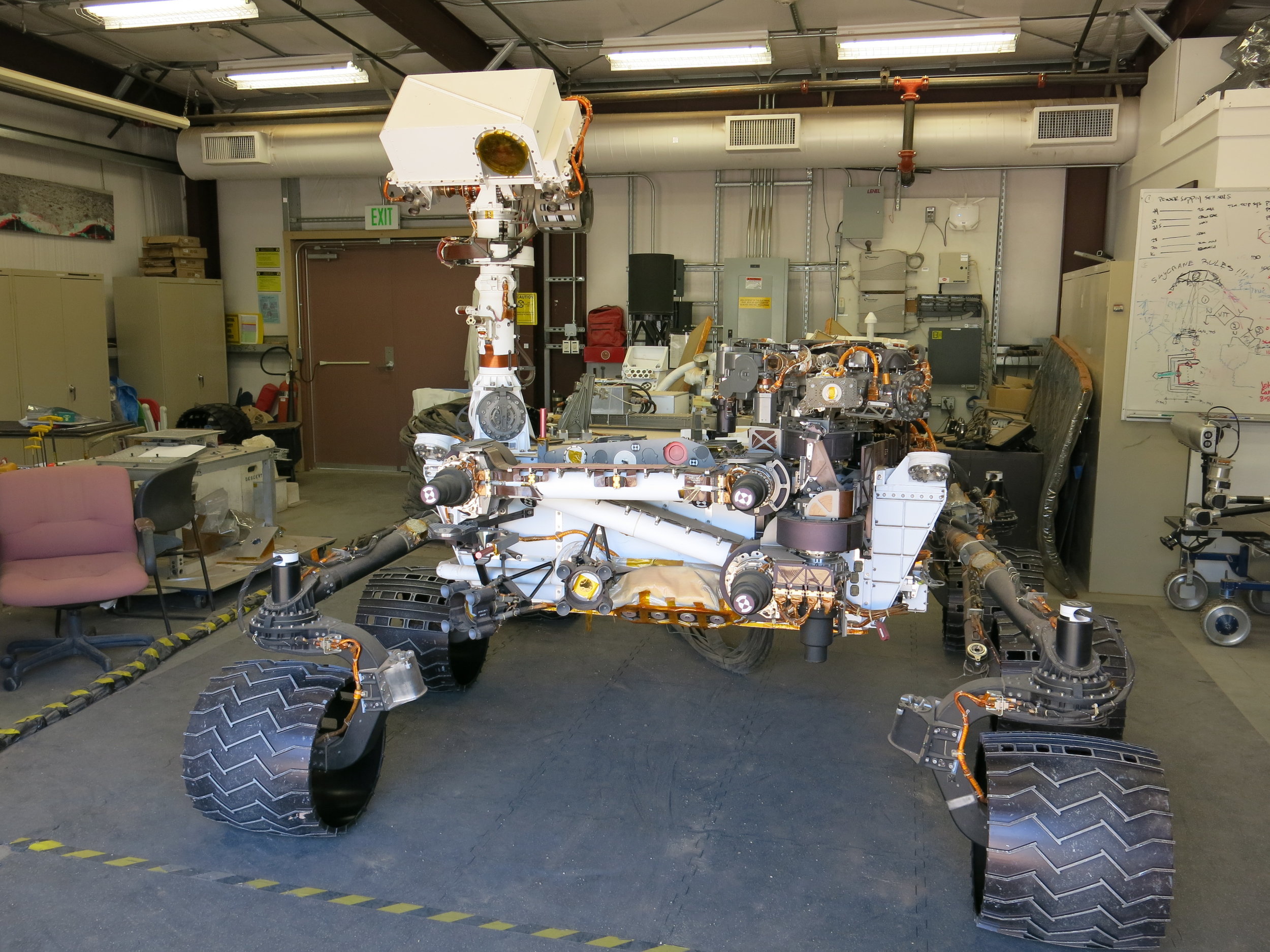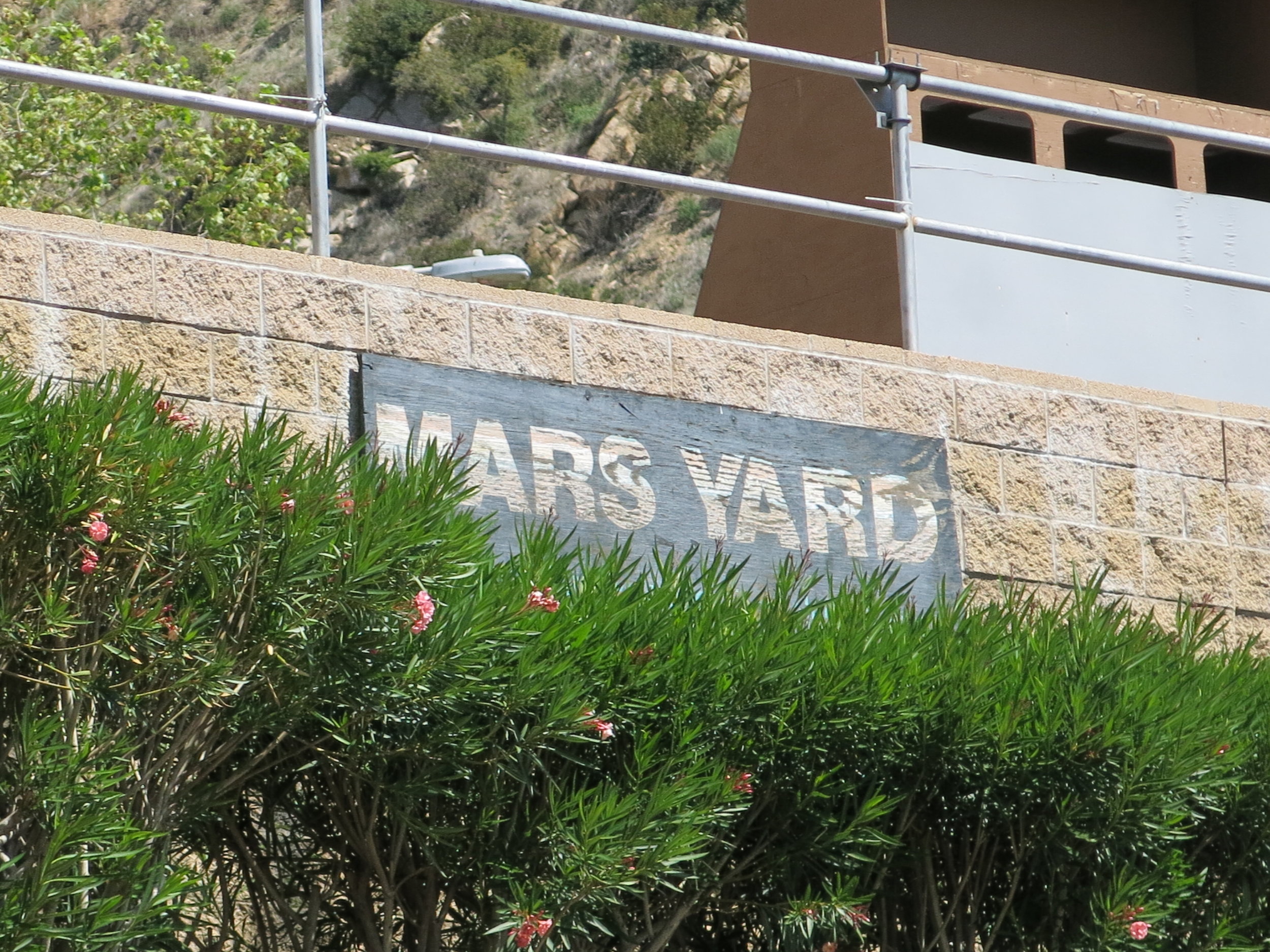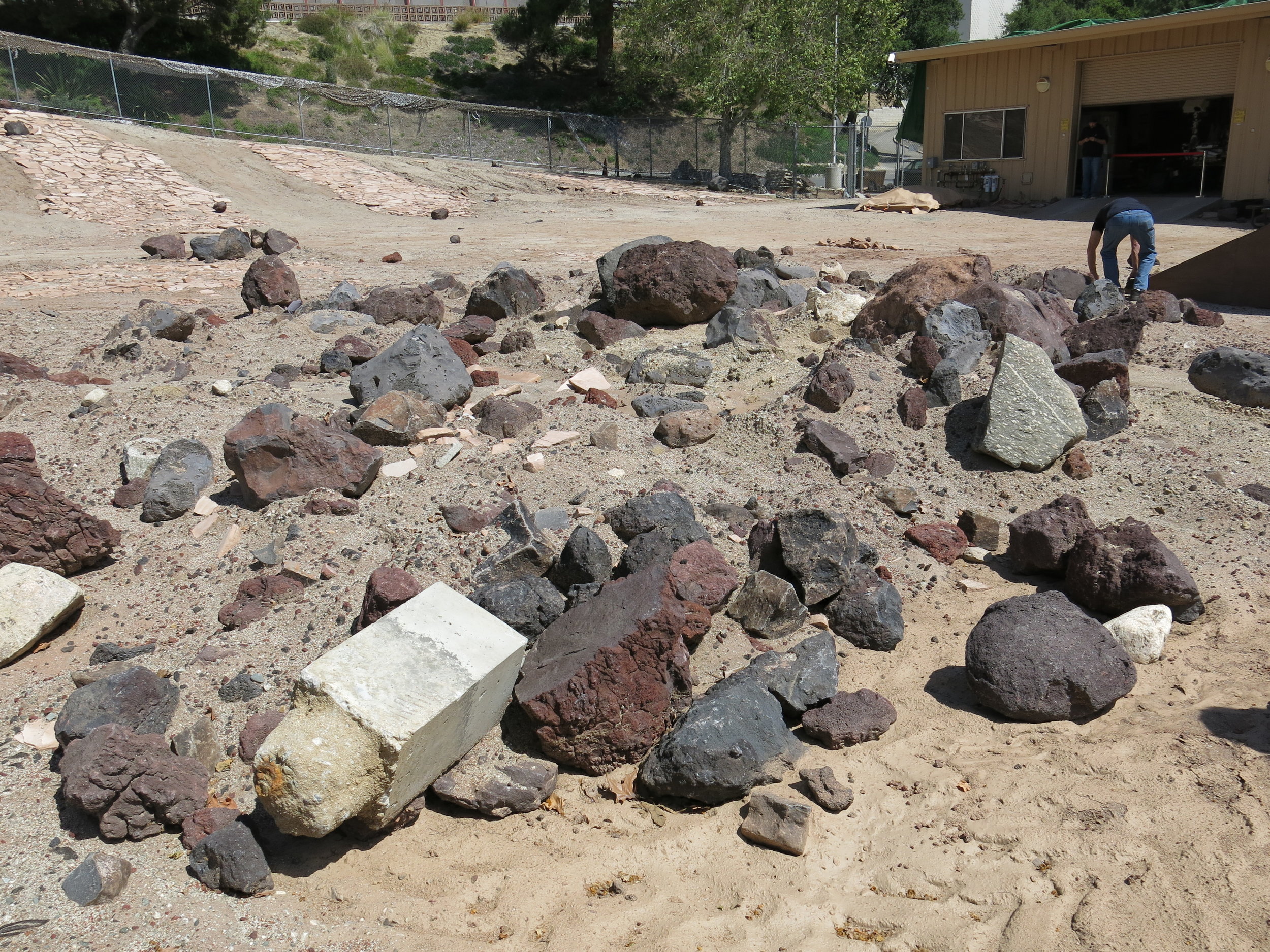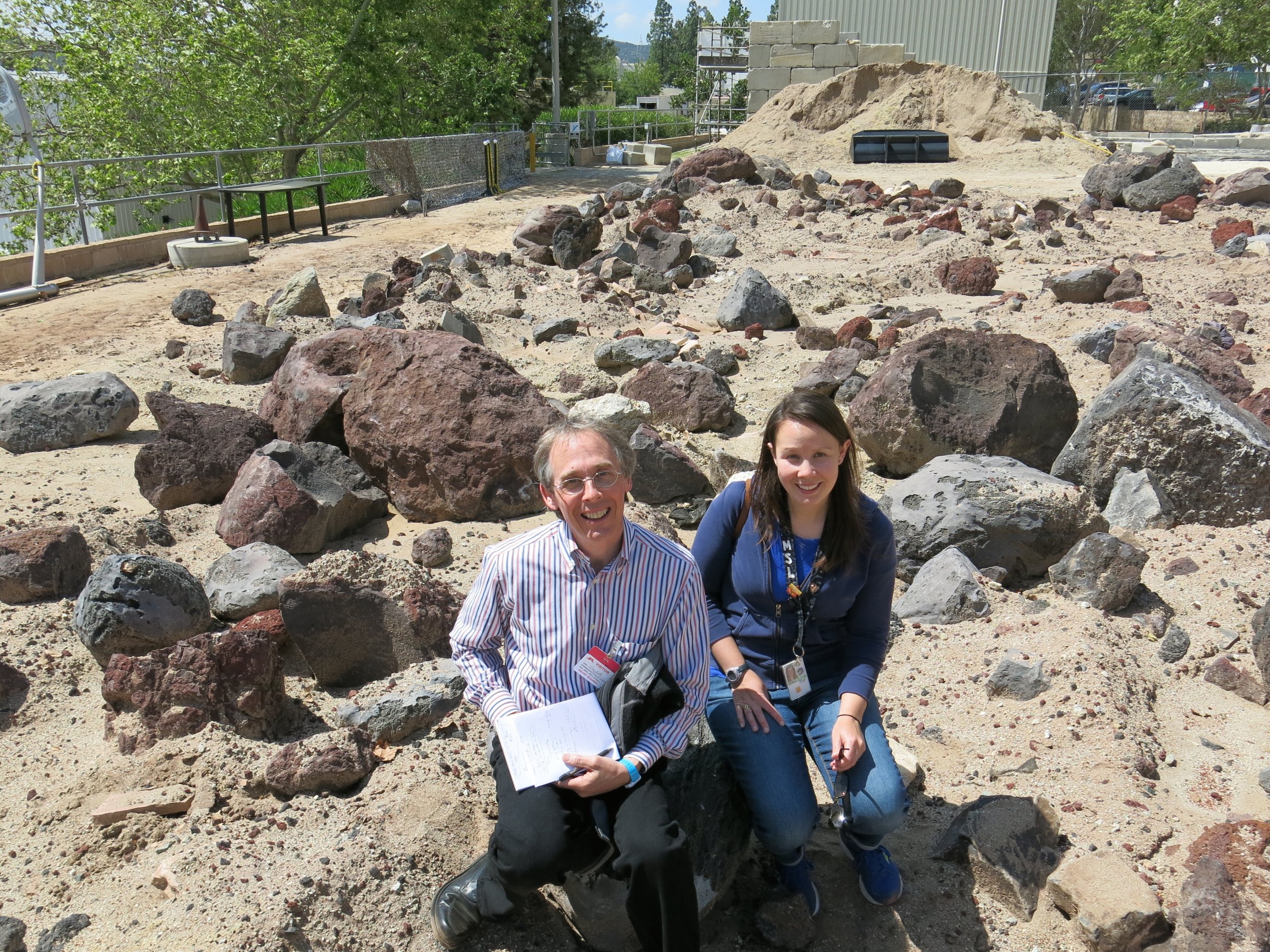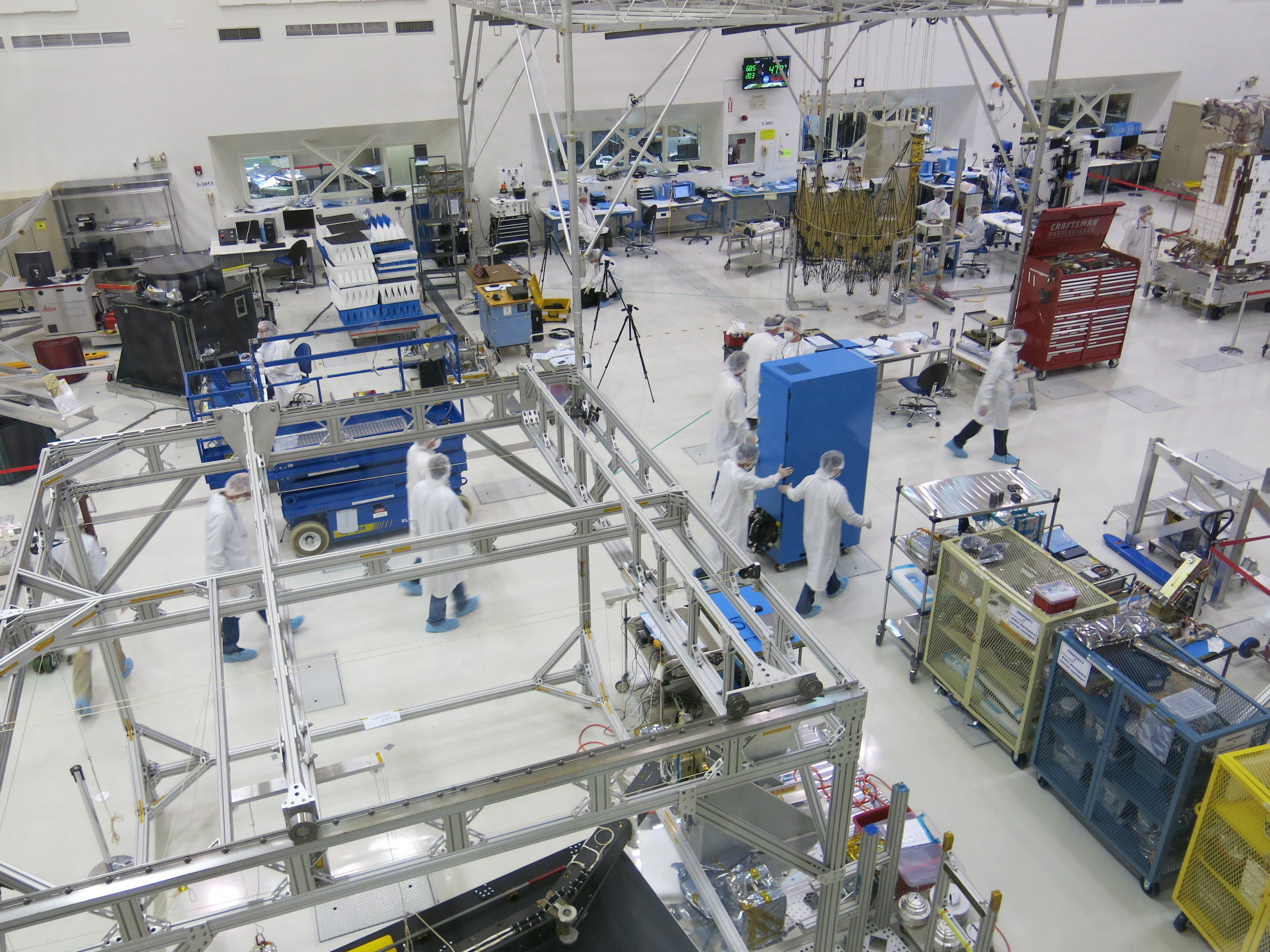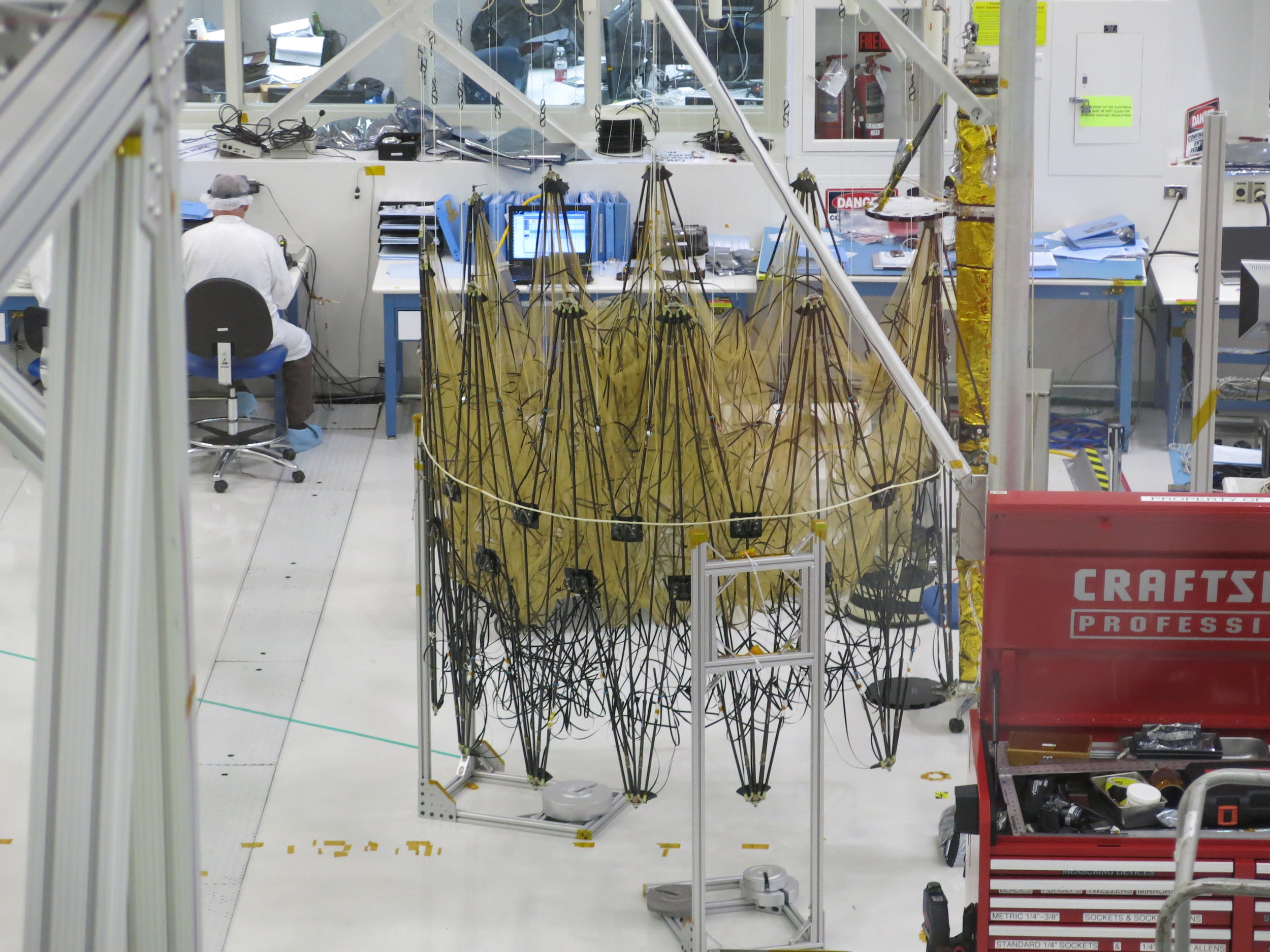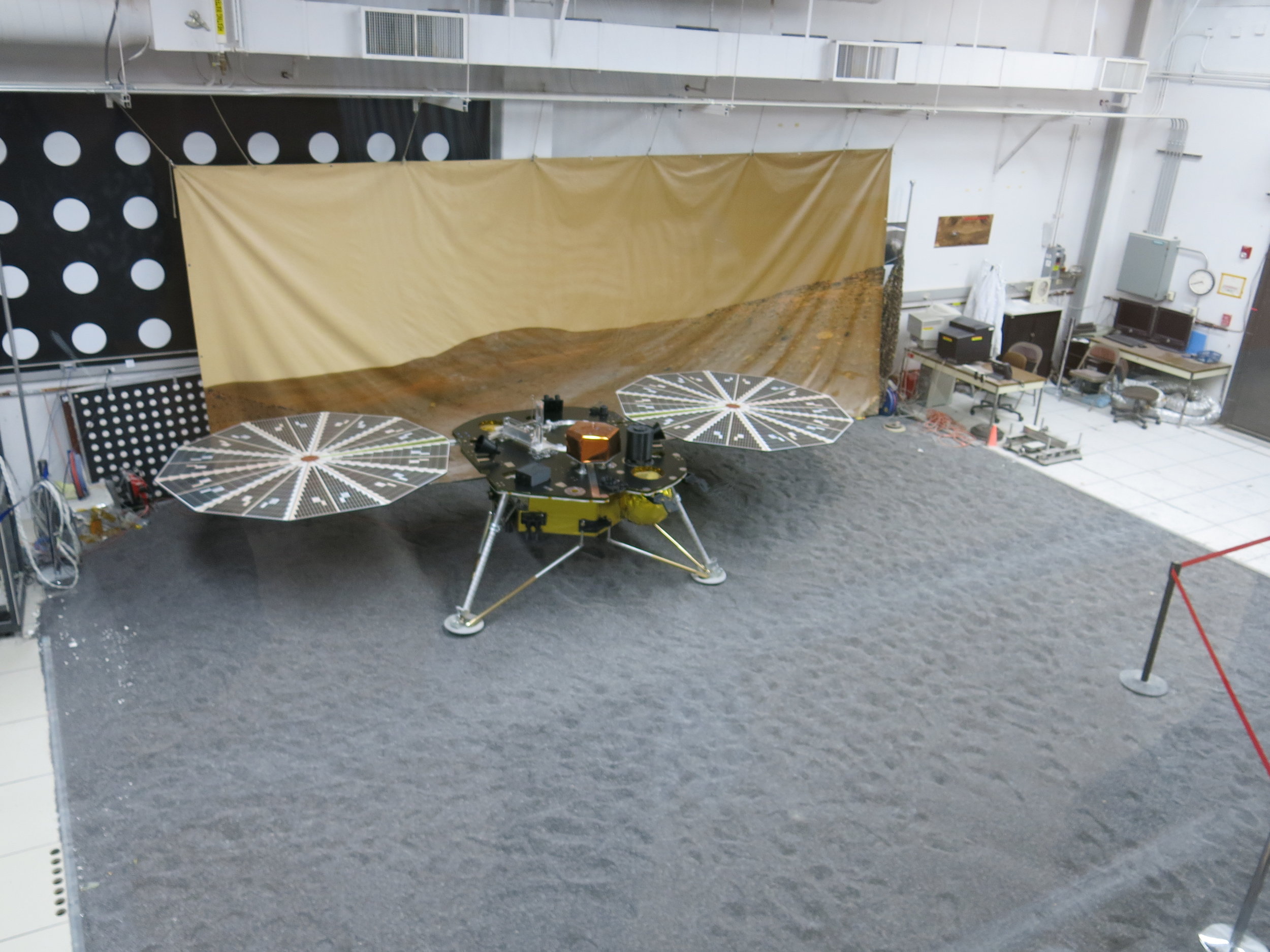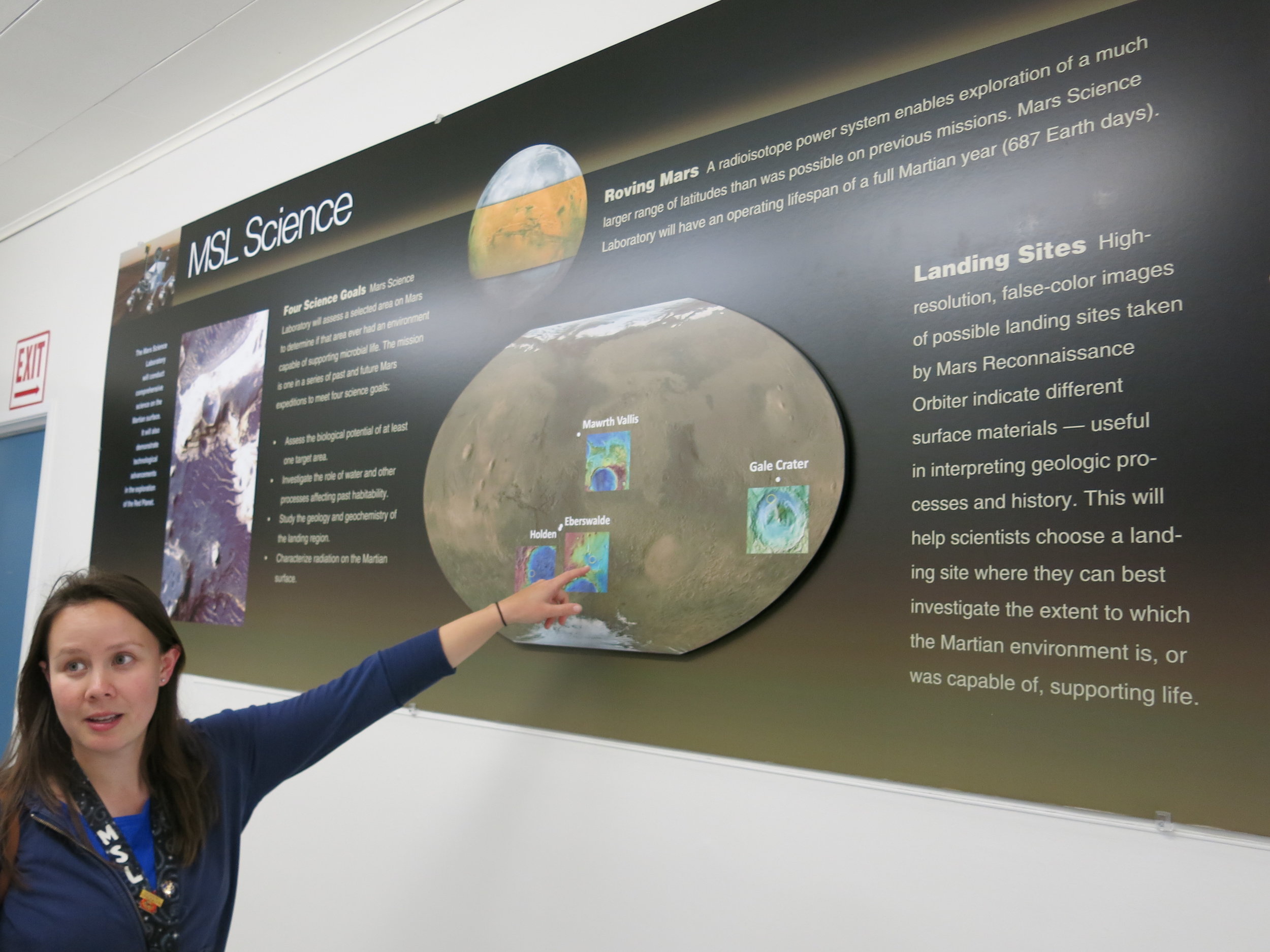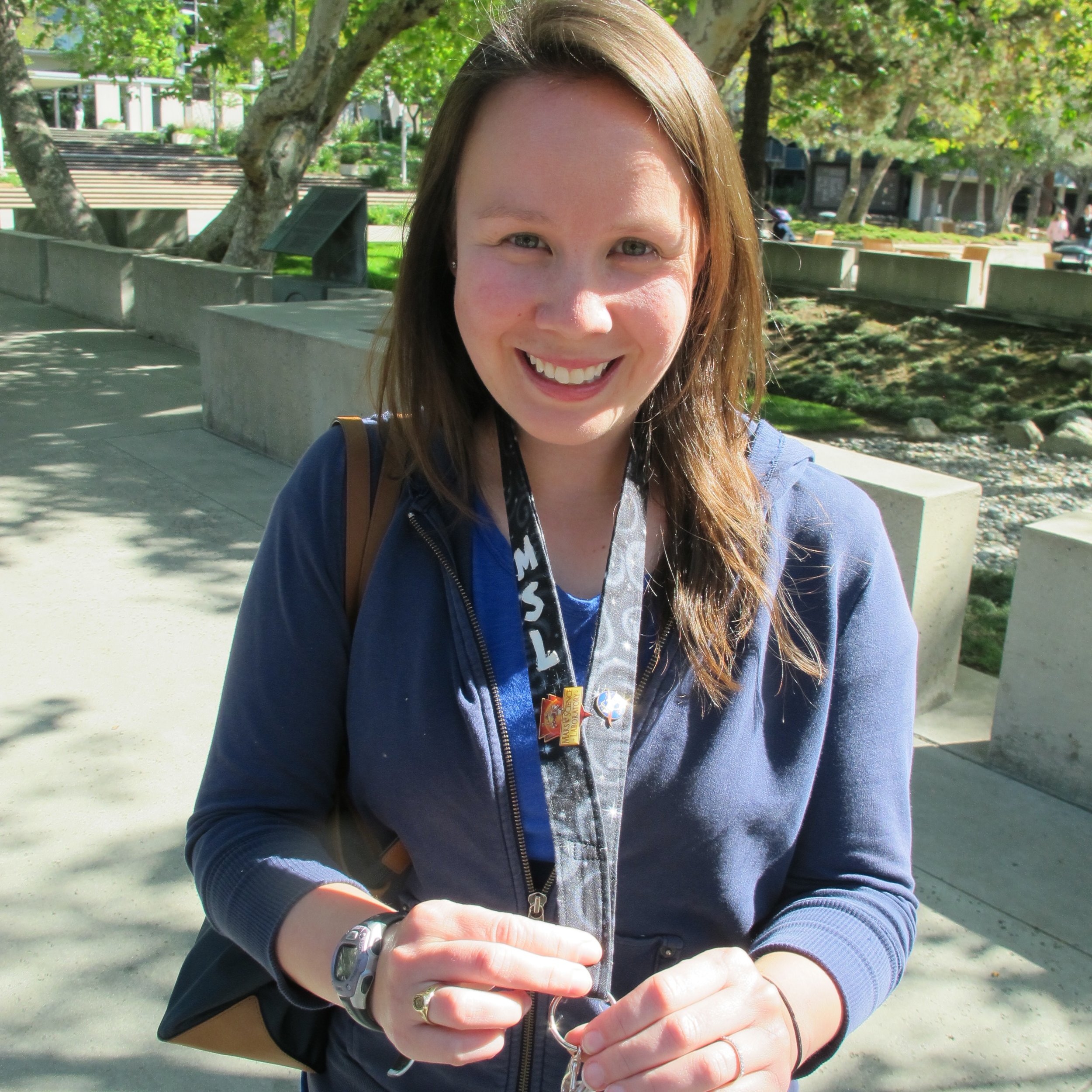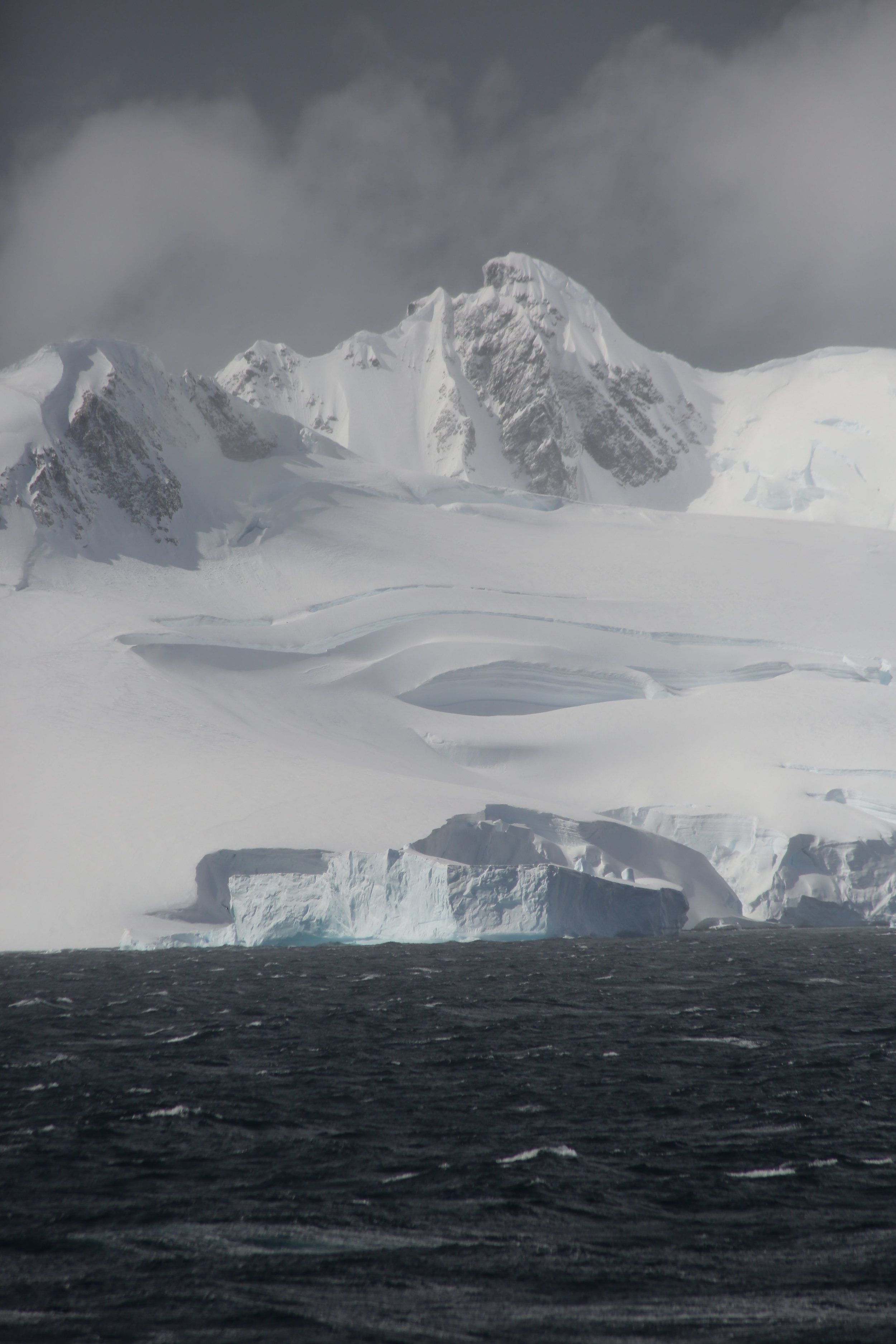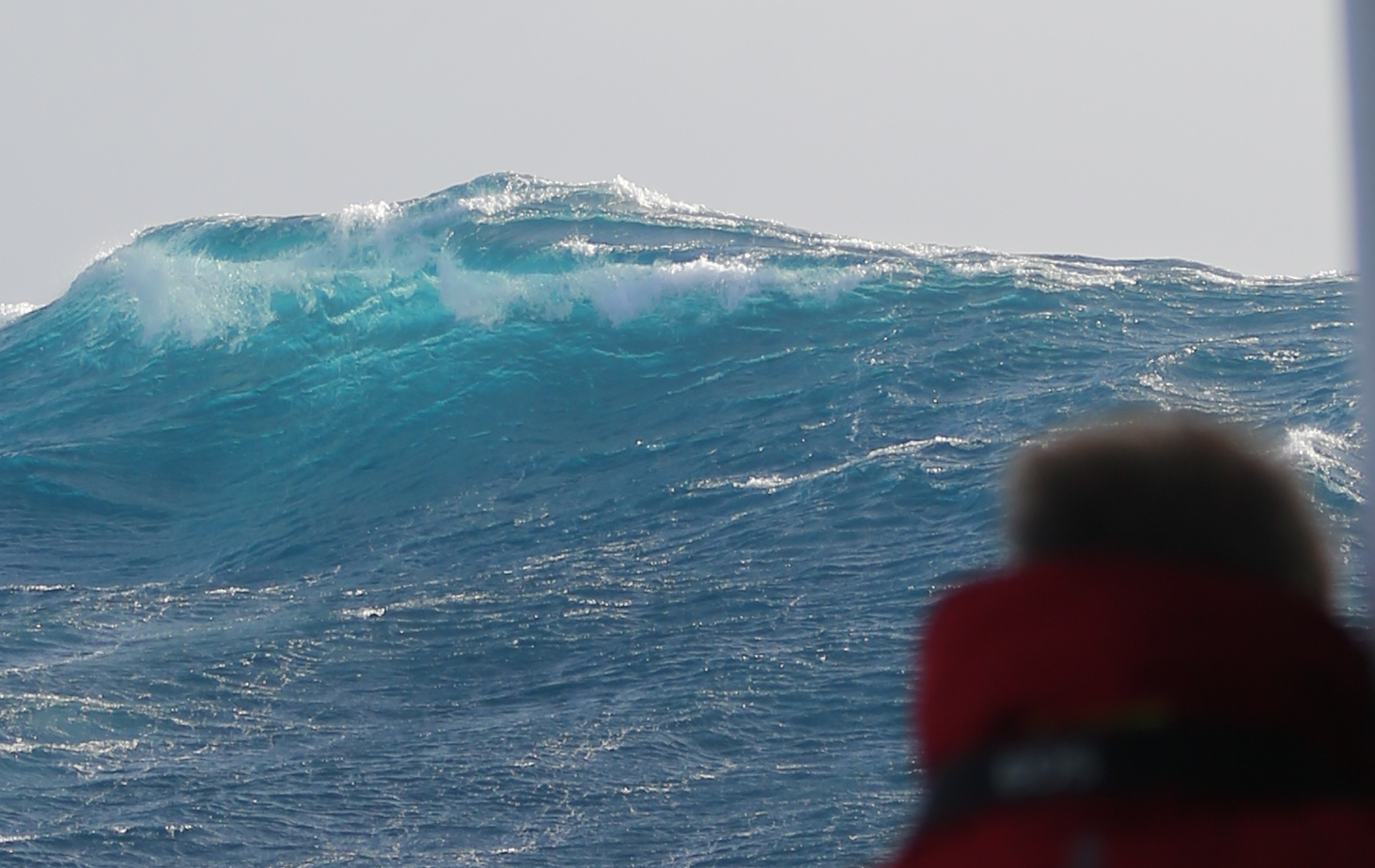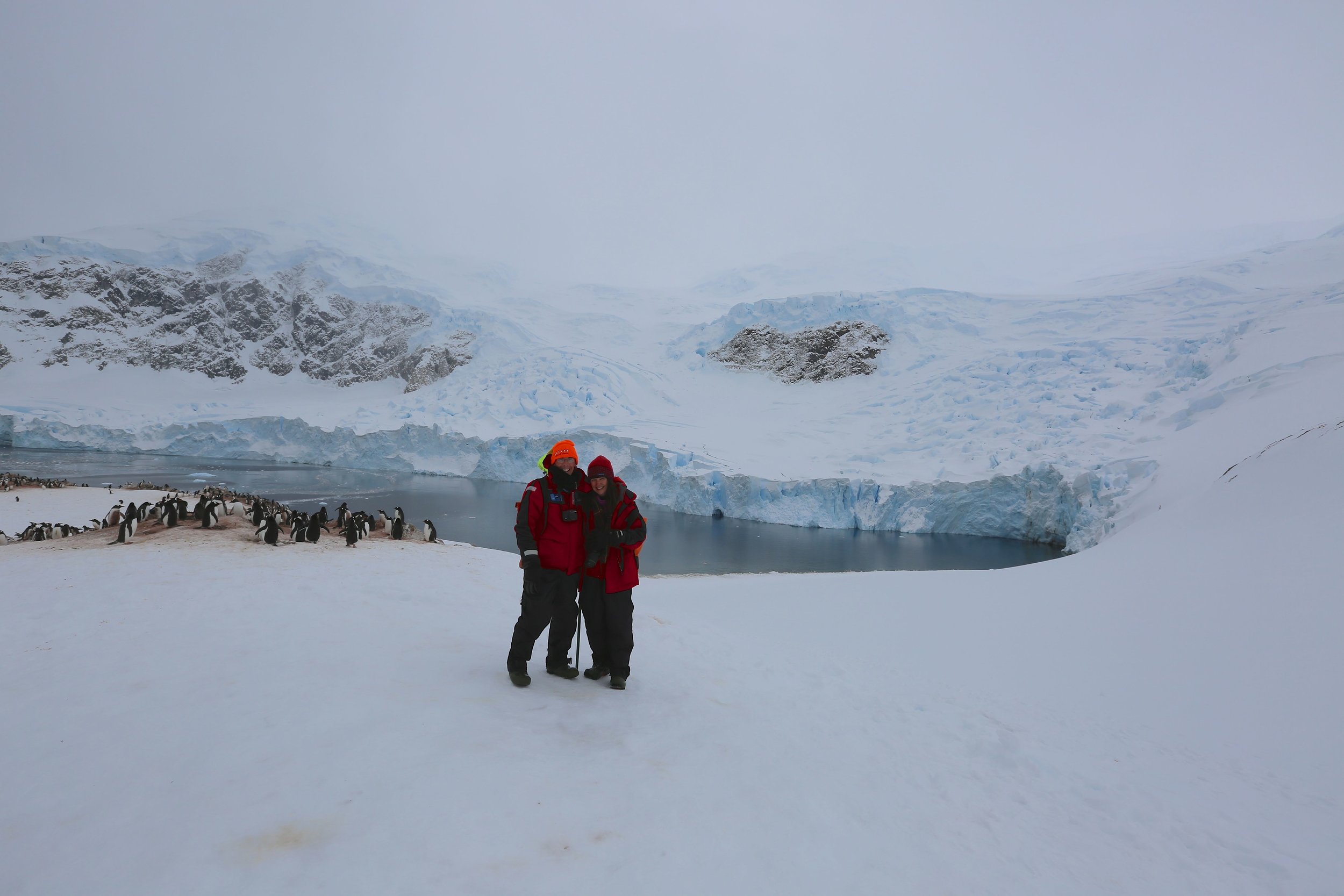“It's been colder here in central Florida than the norm and that is cause for the manatees to huddle in the little canals to keep warm," writes Laura Cairns in sharing with us these photos of those large, gentle, 8-to-14-foot-long cousins of elephants that are Florida's state marine mammal. "This small canal [the Satellite Beach canal] backs up to a neighborhood and is a popular place for them to huddle when the daytime highs are only in the 50s. As you can see in the pictures in the comments, they pack in there pretty close to keep warm.”
Here are some of the manatees gathering in the warmer waters of the Satellite Beach canal in central Florida. Photo shared with The Naturalist's Notebook by Laura Cairns
Manatees can't survive for long stretches in water that's colder than 68 degrees, so they're crowding into canals with water reported to be in the low 70s. These herbivores (sometimes called sea cows) are a threatened species (controversially downgraded from endangered in March 2017) whose numbers fell to a few hundred by the 1970s because of habitat destruction, boat strikes, pollution and other human-driven factors. Thanks to efforts to protect them, their numbers have risen to more than 6,000 in Florida, but those same human threats continue.
Photo shared with The Naturalist's Notebook by Laura Cairns
Photo shared with The Naturalist's Notebook by Laura Cairns
Have you seen or photographed a manatee? Let us know (photos welcome). Many thanks to Laura for sharing her shots. —Craig Neff and Pamelia Markwood


